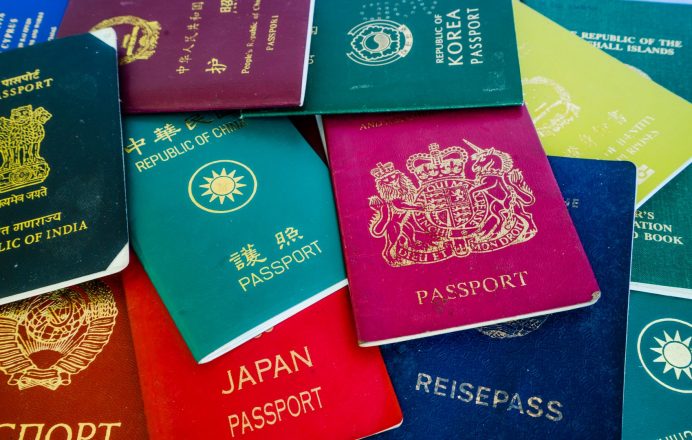Visa làm việc doanh nhân
Thị thực làm việc doanh nhân (trước đây là thị thực kinh doanh dài hạn) cho phép những người kinh doanh có kinh nghiệm, những người muốn tự làm chủ, mua hoặc thành lập doanh nghiệp riêng tại New Zealand.
Để được chấp thuận cho một người xin thị thực làm việc doanh nhân phải, trong số những thứ khác:
(a) để có thể thực hiện một khoản đầu tư vốn tối thiểu là 100.000 NZ$ (không bao gồm vốn lưu động), trừ khi yêu cầu này được miễn trừ;
(b) đáp ứng hoặc vượt quá 120 điểm trên thang điểm cho các yếu tố liên quan đến khả năng thành công của doanh nghiệp được đề xuất và giá trị của nó đối với New Zealand;
(c) có kế hoạch kinh doanh chi tiết cụ thể cho doanh nghiệp được đề xuất;
(d) không tham gia phá sản hoặc thất bại kinh doanh trong vòng năm năm trước ngày nộp đơn;
(e) có đăng ký nghề nghiệp New Zealand, nếu nó được yêu cầu để điều hành doanh nghiệp;
(f) không có bất kỳ kết án nào trước đây vì gian lận hoặc bất lợi về tài chính; và
(g) đáp ứng các yêu cầu về sức khỏe và nhân vật của Immigration New Zealand đối với các yêu cầu về cư trú và tiếng Anh.
Nếu đơn xin thị thực Làm việc Doanh nhân được chấp thuận, người nộp đơn ban đầu sẽ được cấp thị thực làm việc 12 tháng để cho phép người nộp đơn mua hoặc thành lập doanh nghiệp ở New Zealand (giai đoạn khởi nghiệp). Người nộp đơn có thể được cấp số dư của thị thực Lao động Doanh nhân, thêm 24 tháng, nếu người nộp đơn có thể chứng minh rằng người nộp đơn đã đầu tư vốn chi tiết trong kế hoạch kinh doanh và thành lập doanh nghiệp của mình (giai đoạn cân bằng). Thị thực Lao động Doanh nhân thường là bước đầu tiên trên con đường nộp đơn xin cư trú tại New Zealand theo diện Định cư Doanh nhân.

















































